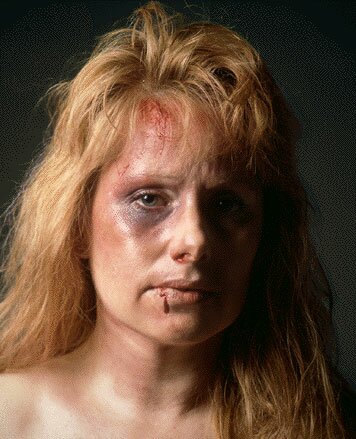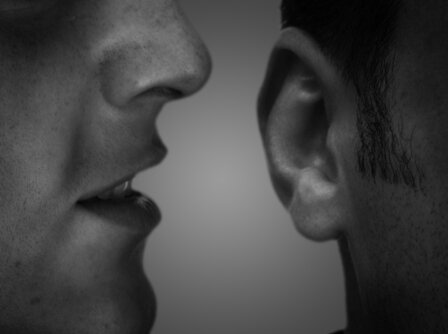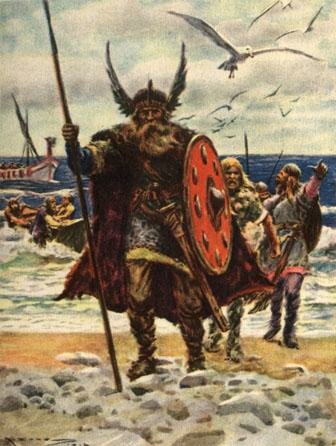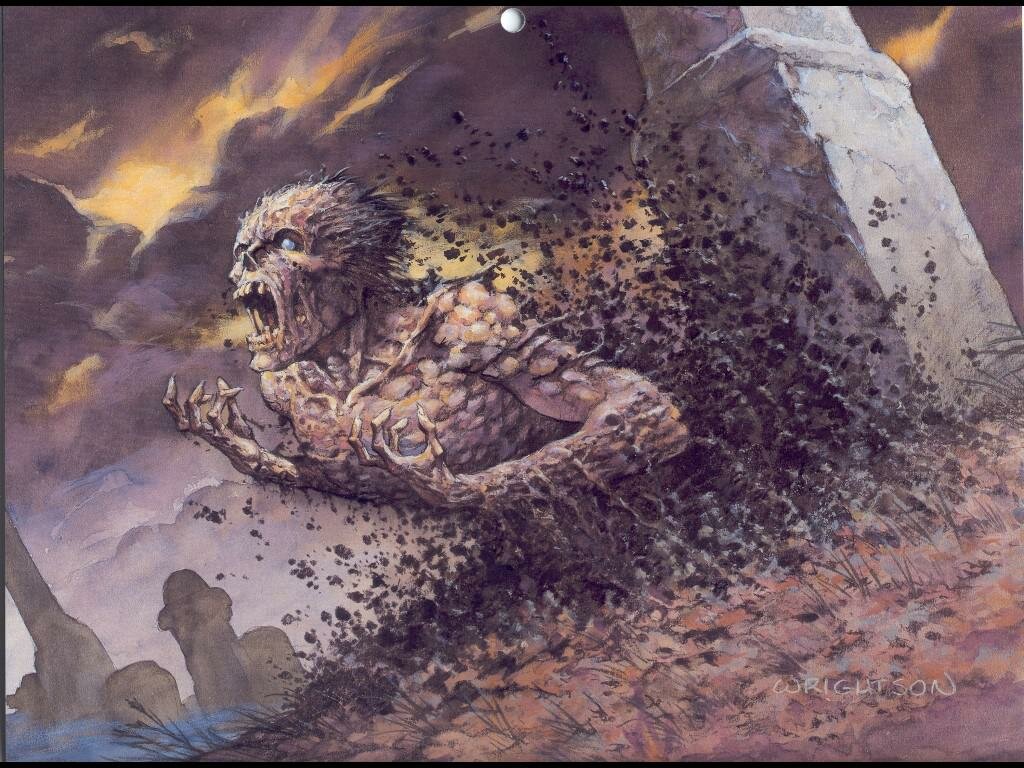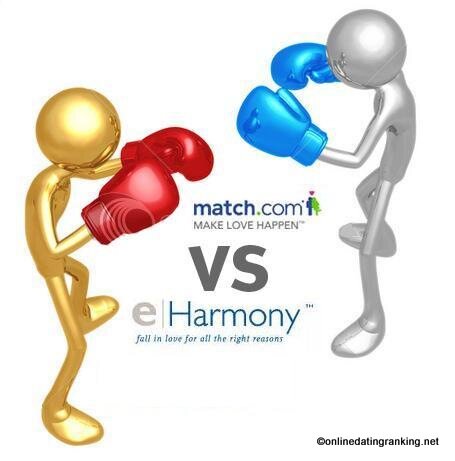Top 10 Demonstrations
Suggested by SMSAll over the world people believe that to achieve change we must gather as one force against a cause or issue. It is said that the proof is in numbers. Protestors believe that the larger the group, the more serious politicians will take their demands or complaints. So they gather in the streets for hours, days and sometimes weeks, waiting for change. Demonstrations are never predictable. Some can be peaceful and end without violence. Then there are those that have a casualty toll as large as a war. There have been demonstrations for everything from change in the economy to ending the war. These top 10 demonstrations are examples of the cause and effect of political decision making.
10. Occupy Wall Street

On September 17th 2011, Occupy Wall Street began as a small group of peaceful protestors, Canadian activist group known by Adbusters, wanting to voice their opinions on social and financial equality, government corruption and corporate greed. The occupy movement began in New York City’s Wall Street Financial District and has started the spread of occupy movements in 70 major cities across the US and over 600 communities in the United States. The “Occupy” movement to date has reached over 900 cities worldwide. Their ultimate goal is to achieve equal distribution of income, better jobs, less or no profit for banks and to reduce the influence that financial firms and other corporations of that type to have on politics. The movement has been supported by celebrities such as Roseanne Barr, Filmmaker Michael Moore and Rapper Lupe Fiasco. Activist and Actor Mark Ruffalo had been quoted to say, “Peaceful Resistance.” This is what changes the world. We must be peaceful. This movement is about decency.” As of October 27, 2011, Occupy Wall Street has received upwards of $500,000 in donations. Occupy Wall Street demonstrates the strength in numbers and will continue to receive support from those with the same values and hope for change.
9. Arab Spring
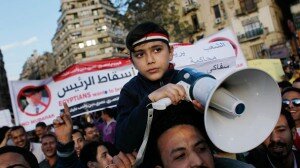
On December 18th 2010, revolutionary demonstrations and protests began in the Arab world. Revolutions have occurred in Tunisia and Egypt. A civil war erupted in Libya which eventually resulted in the fall of its regime and the death of Libyan leader Moammar Gadhafi. There have also been civil uprisings and major protests in Syria, Yemen, Algeria, Iraq, Jordan and Morocco followed by minor protests in Kuwait, Lebanon and Saudi Arabia. The protests have involved techniques such as strikes, demonstrations, marches and rallies. They have also found ways to utilize social media to raise awareness of the state attempts of repression. Arab Spring has been one of the unfortunate demonstrations to involve violence from authorities and pro-government militia against the demonstrators resulting in multiple injuries and deaths. Demonstrators in the Arab world have adapte the slogan ash-shab-yurid isquat an-nizram which translates to say “the people want to bring down the regime.”
8. Protest Against the Iraq War

In 2002, Protests simultaneously began in cities worldwide to protest the Iraq war. Lasting through the beginning of the Iraq invasion in 2003, protestors rallied in what was considered to be the biggest global peace movement since the Vietnam War. However, just as a group of protestors began to grow so did the number of people who were against the anti-war movement. By February 15, 2003, millions gathered to protest in approximately 800 cities around the world. In 2004, it was listed in the Guinness Book of Records as the largest protest in human history. By January 27, 2007, there were upward of ten-thousand people protesting in Washington D.C. To date anti-war rallies are still being launched throughout the U.S. against the invasion of Iraq. Although many protestors have been arrested, there were no outbursts of violence.
7. Aids Coalition to Unleash Power

In March of 1987, Larry Kramer (resigned co-founder of the GMHC) gave a speech to an audience who were focused on action against the AIDS pandemic. The AIDS Coalition to Unleash Power better known as ACT UP was formed as the result of this gathering. ACT UP is now an international direct action group who look to impact the lives of the people living with AIDS. On March 24, 1987 protestors gathered on Wall Street to demand access to experimental AIDS drugs and efforts from the government towards fighting the spread of the disease. 17 members were arrested during this demonstration labeled as civil disobedience. The following year ACT UP returned, larger than the year before and 100 people were arrested. Although there are still demonstrations today in the fight for AIDS research and medical treatment, the initial ACT UP organization has dwindled and branch off into several small organizations including ACT UP/Golden Gate currently known as Survive AIDS.
6. March for Life

Every year since the Supreme Court legalized abortion in Roe v. Wade on January 22, 1974, thousands gather on the West steps of the Capitol for an annual pro-life rally against abortion. The march was organized by March for Life. Many notable speakers including President George W. Bush, Alveda King and the parents of Terri Schiavo as well as members of Congress delivery speeches to the 250,000 attendees before the march. The 38th annual March for Life took place on January 24, 2011 with an estimated 400,000 in attendance still hopeful to overturn the Roe v. Wade decision.
5. People for the Ethical Treatment of Animals (PETA)

Founded in March 1980, PETA is an animal rights organization based in Norfolk, Virginia with 2 million members and supports. The organization first gained the public’s attention in the Summer of 1981 during what was known as the Silver Spring monkey case. This dispute was based on the experiments conducted on 17 macaque monkeys. The case spanned over 10 years and included a police raid on an animal laboratory in the US, an amendment in 1985 to the US Animal Welfare Act and PETA became established as an internationally recognized organization. PETA has gained support from celebrities such as Alec Baldwin, Pamela Anderson, Drew Barrymore, Stella McCartney and Bill Maher. PETA’s campaigns are considered confrontational in nature and have caused concern however; they have also raised awareness to an estimated 85% of animals that are euthanized.
4. Selma to Montgomery Marches

The marches from Selma to Montgomery were an extension of the voting right movement in Selma, Alabama. The 3 marches in 1965 were at the political climax of the American Civil Rights Movement. Launched by local African Americans, Dallas County Voters League began voter registration work and when they met resistance by Caucasian voters, the assistance of Dr. Martin Luther King and the Southern Christian Leadership Conference were requested. Many Civil rights and civic leaders joined in their effort to support African American voting right. The first march “Bloody Sunday” took place on March 7, 1965 and resulted in police attacks on 600 civil rights marchers. Dr. King then organized a second march to be held on March 9, 1965. Hundreds of people fueled by the televised images of Bloody Sunday, anger from the Montgomery Bus Boycott and Freedom Summer decided to assist Dr. King in his efforts. However when Judge Frank Minis Johnson issued a restraining order the marchers obeyed the order and did not march all the way into Montgomery. On March 21, the third march was assembled after Judge Johnson ruled in favor of the protestor on March 16th. The third march spread the message of equality without being met with violence or harassment and was a great success.
3. Million Man March
The Million Man March is another example of a peaceful demonstration. The first march was held on October 16, 1995 in Washington DC where social activists, civil right organizations including local chapters of the NAACP (National Association of the Advancement of Colored People) and the NAALS (National African American Leadership Summit) gathered around the National Mall under the leadership of Dr. Benjamin Chavis. The purpose of the march was to give the world a different image of the African American male and unite the African American communities in self-help and self-defense against the social and economic pressures of the world. Louis Farrakhan delivered the keynote address to the herds of African American men who stood to participate in this movement to gain the politicians attention for the issues faced by the urban and minority communities.
2. Tiananmen Square Protests of 1989

Also known as the June Fourth Incident, the Tiananmen Square Protests were a series of demonstrations around Tiananmen Square in Beijing. Starting April 15th 1989 the protest was initiated by the mourning of former CPC General Secretary Hu Yaobang. 100,000 people gathered at Tiananmen Square after his funeral and began demonstration to carry on Hu’s support for economic reform and liberalization. The movement was a series of non-violent protest in cities throughout China that lasted seven weeks. The protests were led mostly by students who wished to see the collapse of communist governments in Eastern Europe. By May 20th, Premier Li Peng declared martial law and on June 4th, troops used live fire to clear the protestors. An estimated several hundred civilian were killed just miles from Tiananmen Square. Following the mass deaths, the government began to arrest protestors and supporters around China.
1. Woodstock

This 3-day music festival held at a 600 acre dairy farm in Catskills New York may not be considered by most as a demonstration or protests of sorts however; this movement was noted as one of the most influential movements in popular music history. Woodstock was attended by 500,000 people who all shared in the ideal of growing in love and peace. The festival was unbelievably peaceful for the numbers of people in attendance and the conditions of those involved. Unfortunately there were 2 recorded deaths and 2 births. 32 acts performed at Woodstock Festival over the four day period. Since then, the town of Bethel voters aided in removal of their Supervisor because of his part in the Festival and the town then passed laws to prevent future festivals.


